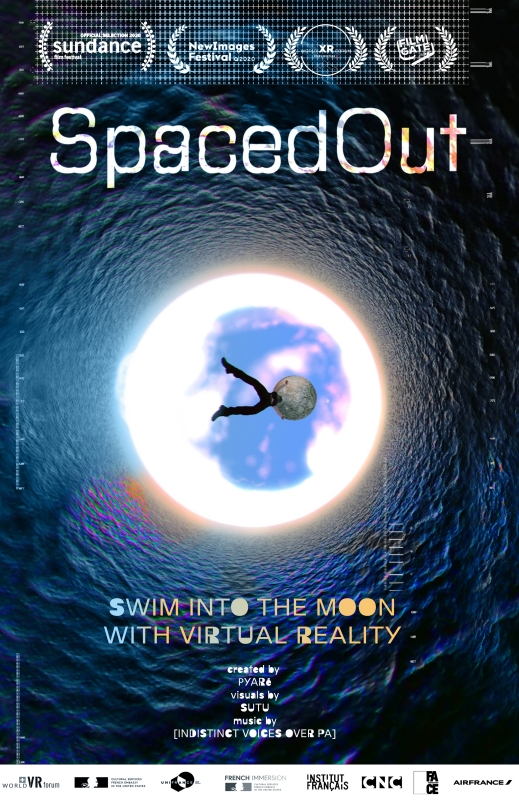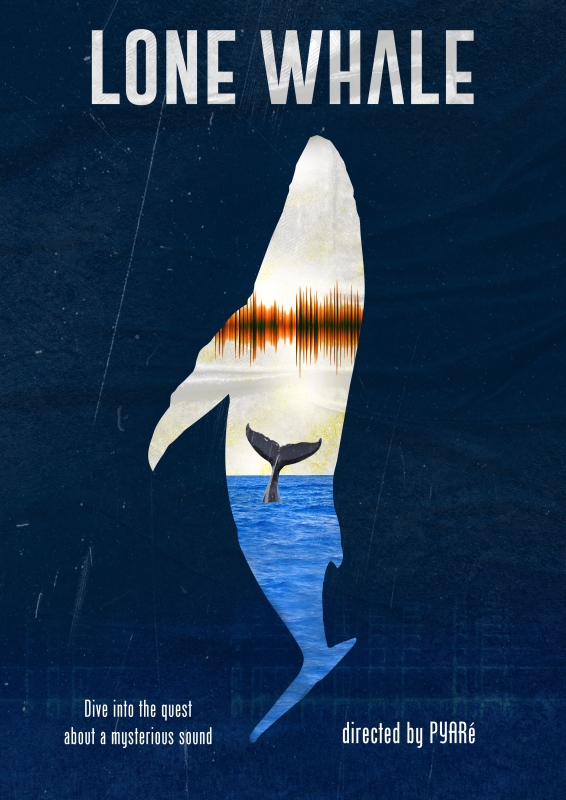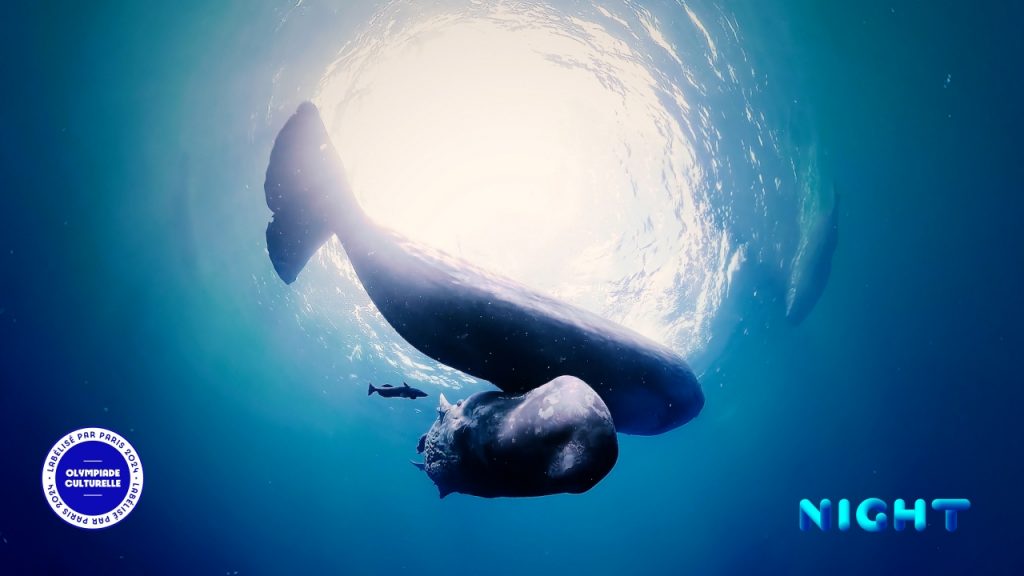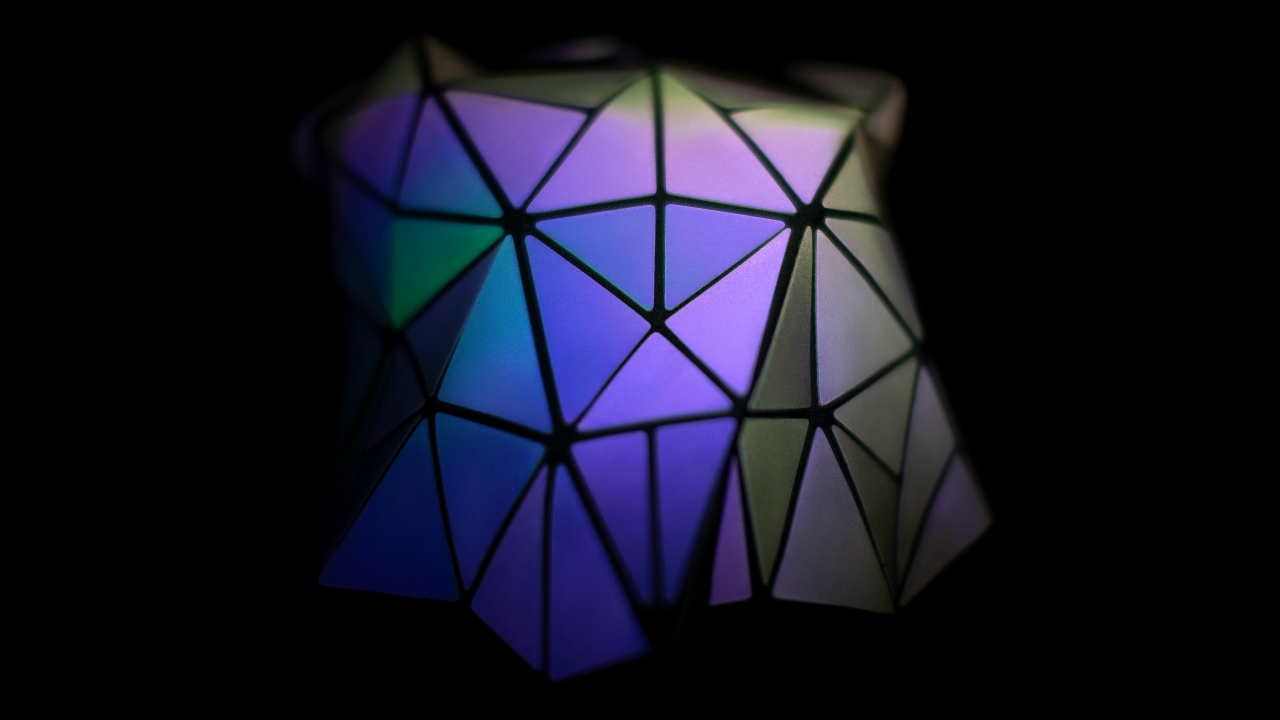Pierre Friquet has been an explorer of immersion for over ten years. From the first 360 films shot in India (JET LAG, presented at Cannes XR in 2016) to more installative formats (SPACED OUT, PATTERNS…), Pierre is fearless. And it’s with the same passion that he’s now embarking on a brand new adventure, that of creating a digital diving mask (in the form of a waterproof VR headset – the MeRCURY) and a dedicated production studio, NiGHT immersion. An ambition that follows on from these latest projects, and leads us to believe that the double immersion of VR in water may be the ultimate poetic machine.
An immersive underwater experience
PYARe – NiGHT immersion is a new project which, after all, is closer to the field of diving than virtual reality. It’s all about making a new headset that’s totally waterproof, with a focus on user comfort. I’d already made an aquatic VR installation, with SPACED OUT (presented at Sundance New Frontier, Prix Special du Jury at FilmGate, New Images Festival in Paris and VideoMapping in Geneva in 2020, among others) but with another brand of headset – which are geared towards water parks. During these initial tests, we received several commercial requests. We then developed our expertise in this format, and several other immersive artistic contents.

PYARe – From this first phase came the idea of the MeRCURY helmet (inspired by the poster for the 2020 edition of Immersity!), a stranger object with a more steampunk look, complete with antennae and so on. In the creative process, I wanted to get away from the usual geek/tech format. In 2023, we’re starting to be programmed: all we need is a swimming pool! We can reach out to events for the general public, or more private venues such as spas, and so on. The MeRCURY digital diving mask is an easy-to-use, self-contained object that doesn’t require anything else in its use – neither sensors nor a connected computer.
PYARe – The user experience consists in putting on the mask, and this launches the experience. You breathe through the snorkel, and float for the duration of the experience. Sound-wise, the mask is equipped, and we hope to develop this part in bone conduction or similar audio transmission technology. However, underwater pressure limits sound diffusion and eardrum capacity. It is of course possible to have speakers underwater to multiply the possibilities of sound ambiances. According to Jeremy Bailenson, Professor of Communication at Stanford University and Founding Director of the Virtual Human Interaction Lab, being in the water with a VR headset doesn’t make you seasick. He published the results of his research in the prestigious journal Nature in 2021. Once users have put their heads in the water, its pressure blocks the inner ear. They are in “double immersion” provided by VR + Water. With aquatic virtual reality, the immersion metaphor is fully realized. (NiGHT immersion, official website)

PYARe – The challenge of our proposal today is to meet as many places as possible. We’ve drawn up a whole protocol (notably on hygiene, based on what’s done in diving schools) that makes us very independent materially. What we need to do now is meet up with distribution networks that have aquatic spaces and can help us circulate more widely.
Underwater, easier immersion
PYARe – Trying immersion underwater makes the experience easier. You can experience underwater sensations without moving (the concept of vection, or the illusion of physical movement) – your eyes do all the work, as naturally as possible. And it’s guaranteed motion sickness-free – if you keep your ears in the water! And without 6DOF, because that’s a far more complex challenge: even on AVATAR 2, the film team had to reproduce the environments using staging tricks and ultrasound. Capturing everything in 6DOF was unrealistic. Today, we offer NiGHT immersion on 5 square meters per spectator, which is quite large and enables us to control the safety and supervision aspects that are essential in these conditions.


PYARe – The overall concept is to offer immobile travel, in a bid to rethink the way we experience things without going to the other side of the world. We’re integrating into an equally important industry, tourism and diving, which today favors exclusive, unprecedented experiences (such as “staycations” or entertainment possibilities close to home). We take the public to inaccessible places (exotic or more realistic virtual destinations), occupying spaces like pools or more private basins that have time for it.
PYARe – In our approach, we continue the cinema experience as French science-fiction author René Barjavel fantasized about a “total cinema” in the 1920s…. We’re trying to connect as many senses as possible, and to offer total immersion with all five senses, so as to take the mind on a journey. As of 2018, this is what has motivated me in virtual reality. It’s a form of psychedelia, mixing art (for me) and proposition (for the public). Water accentuates this with a double immersion, an engagement of the body.

Chapter 2: THE IMPOSSIBLE JOURNEY
PYARe – I’m also working on the sequel to SPACED OUT, entitled LE VOYAGE IMPOSSIBLE, which is currently in production. In this new chapter, I’d like us to go swimming in the Sun. And integrate another tribute to the work of Méliès, as well as sounds from NASA’s Voyager I & II probes. A real audio and visual mashup, mixing archives and narration designed for this new voyage. LONE WHALE is another (feel good!) project revolving around marine sounds and whales, in the form of an underwater investigation. DELUGE focuses on the rise of the heights and a discourse on ecology and flood myths. MATRIMOINE in New Caledonia focuses on France’s colonialist past and underwater wildlife parks. Or another story about a champion freediver. Finally, the major project developed with IN.VR in Germany concerns Captain Nemo (en résidence Magelis l’été dernier à Angoulême).

PYARe – After presenting SPACED OUT, I turned down several proposals for conventional VR distribution. I wanted to push our concept to the limit, and respect its technical and artistic characteristics. That’s what we’re going to continue with IMPOSSIBLE JOURNEY, with the aim of recreating the poetry of weightlessness. And an interaction known as “locomotion” that draws the viewer into the story. Modes of movement, psychedelic visual universes, the use of hands and more.
PYARe – Generation 2 of the MeRCURY should offer a number of multi-user functions: a microphone for communication, cameras to capture the environment, hand-tracking and so on. This should open up new possibilities – even transposing other VR films to these ultra-marine conditions!
https://www.nightimmersion.com




Leave a Reply
You must be logged in to post a comment.